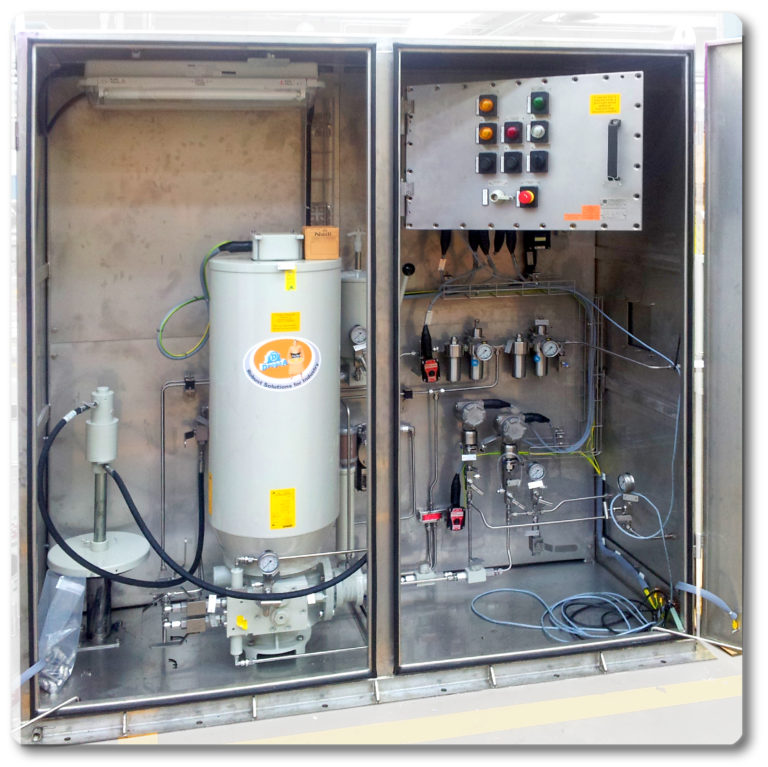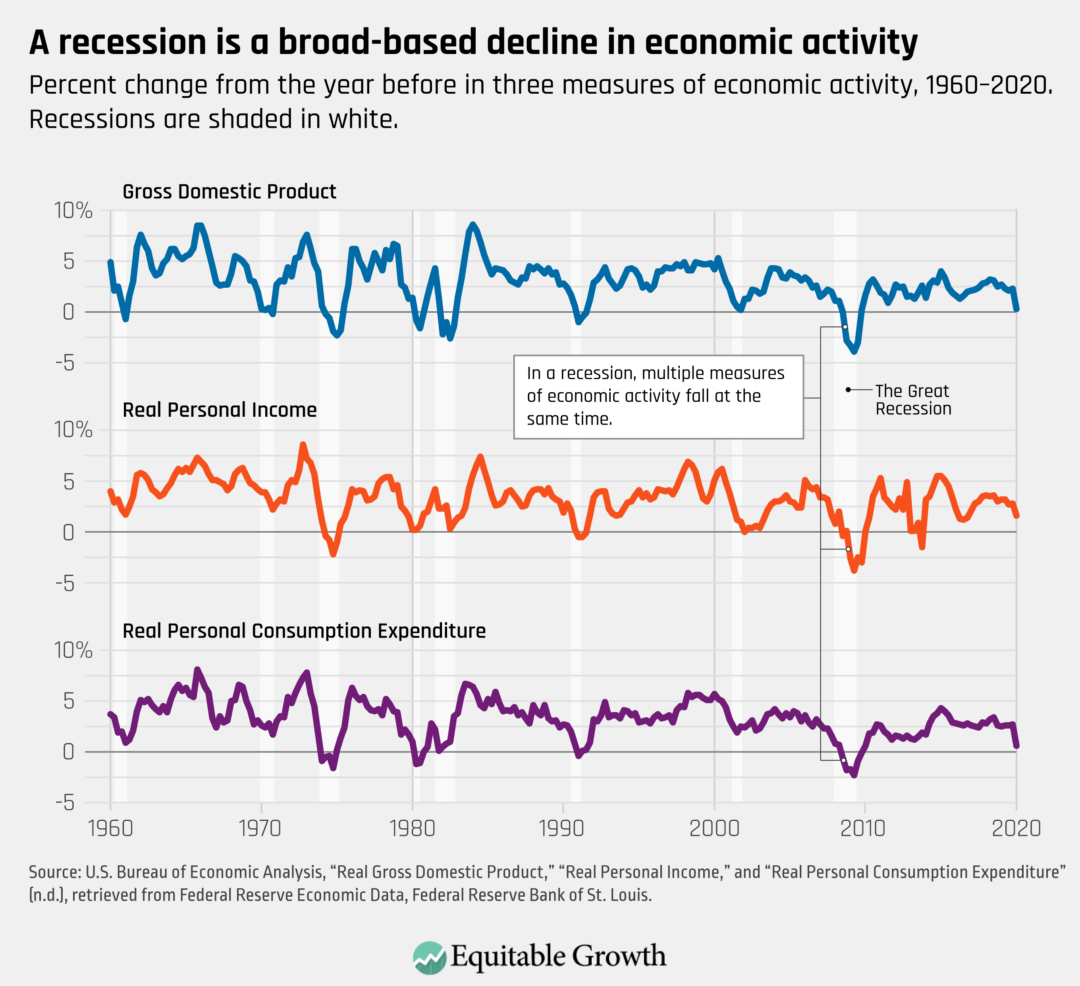

We are grateful to Daniel Feenberg for granting us access to NBER's TAXSIM and helping us with our simulations. We would like to thank the editor, Thomas Piketty, Danny Blanchflower, Dean Baker, Bob Chirinko, Daniele Franco, Horacio Levy, Torfinn Harding, Tommaso Monacelli, Matt Murray, Terry O'Shaughnessy and Morten Ravn, participants of the 2009 IZA/CEPR ESSLE conference, the 6th German–Norwegian Seminar on Public Economics (CESifo), the 2010 IZA/OECD workshop, the NBER/IGIER TAPES meeting, the National Tax Association as well as seminar participants in Bonn, Chicago Federal Reserve Bank, Cologne, Nuremberg, Siegen and at the Worldbank for helpful comments and suggestions. Clemens Fuest acknowledges financial support from the ESRC (grant no RES-060-25-0033). Automatic stabilizers are taxes and transfers such as unemployment compensation and food stamps that automatically change with changes in economic conditions in a way that dampens economic cycles.

Andreas Peichl is grateful for financial support by DFG ( PE1675). This paper is partly based on work carried out during Andreas Peichl's visit to ECASS at ISER, University of Essex, supported by the EU Improving Human Potential Programme. An equivalent disclaimer applies for all other data sources and their respective providers.
Automatic stabilizers are defined as archive#
Neither the ONS nor the Data Archive bears any responsibility for the analysis or interpretation of the data reported here. Material from the FES is Crown Copyright and is used by permission. They create automated fiscal actions if specific economic conditions. These are ECHP and EU-SILC (Eurostat), Austrian version of ECHP (Statistik Austria) PSBH (University of Liège and University of Antwerp) Estonian HBS (Statistics Estonia) Income Distribution Survey (Statistics Finland) EBF (INSEE) GSOEP (DIW Berlin) Greek HBS (National Statistical Service of Greece) Living in Ireland Survey (ESRI) SHIW (Bank of Italy) PSELL-2 (CEPS/INSTEAD) SEP (Statistics Netherlands) Polish HBS (Warsaw University) Slovenian HBS and Personal Income Tax database (Statistical Office of Slovenia) Income Distribution Survey (Statistics Sweden) and the FES (UK ONS through the Data Archive). Automatic stabilizers are tools built into federal budgets that adjust taxes and spending. EUROMOD relies on micro-data from 17 different sources for 19 countries. The stronger this automatic stabilizer’s effect, the less need there is for discretionary fiscal policy action as a result of the cycle.

Our version of TAXSIM is based on the Survey of Consumer Finances (SCF) by the Federal Reserve Board. They defined automatic stabilizers as the variation in the budget balance as a result of an exogenous aggregate demand or real GDP shock. EUROMOD and TAXSIM are continually being improved and updated and the results presented here represent the best available at the time of writing. This paper uses EUROMOD version D21 and TAXSIM v9.


 0 kommentar(er)
0 kommentar(er)
